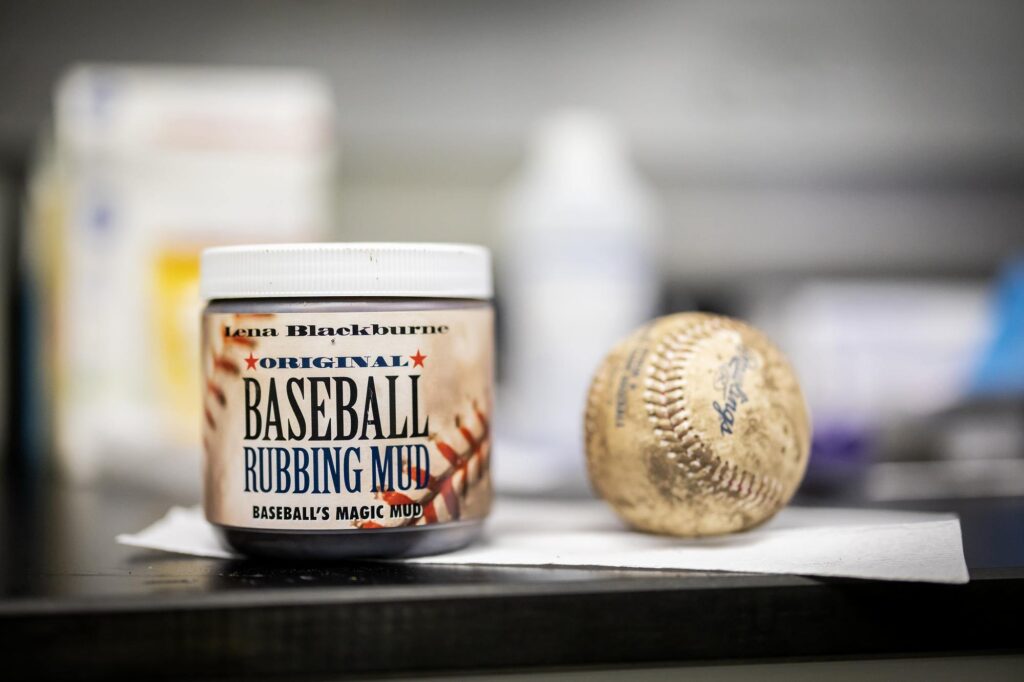
As the Phillies gear up for the home opener, behind the scenes, another tradition takes place: each baseball is rubbed with the “magic mud,” a little-known ritual performed across Major League Baseball (MLB). But while the players of the sport have sworn by its effects for decades, researchers at the University of Pennsylvania have shown that not only does it work but also how.
In a study published last fall in the Proceedings of the National Academy of Sciences, researchers from the School of Engineering and Applied Science and the School of Arts & Sciences teamed up to quantify the mud’s legendary grip-enhancing properties. The study confirmed the mud improves grip through material properties and their interactions with a pitcher’s fingers.
The mud, which has been harvested by the Bintliff family at an undisclosed location along the Delaware River for nearly 90 years, “spreads like a skin cream but grips like sandpaper,” says Shravan Pradeep, a postdoctoral researcher in Penn’s School of Engineering and Applied Science.
Douglas Jerolmack of Penn’s School of Arts & Sciences and Penn Engineering, notes that the material has the right mixture to make three things happen “spreading, gripping, and stickiness.”
Using an apparatus to mimic how human skin elasticity and oils rub mud-treated baseball leather, closely mirroring the friction a pitcher experiences, the researchers found that this mud isn’t just a lucky charm; it alters the ball’s surface in three crucial ways.
First, it fills in the microscopic pores of new leather, eliminating slick spots by laying down a thin, cohesive film. Then, the clay-rich film makes the surface slightly tacky, roughly doubling the grip (adhesion) between finger and ball. And finally, a sparse little sprinkle of tiny sand grains in the mud gets glued to the ball by the clay, creating a studded, abrasive texture that boosts friction like miniature cleats on the ball’s hide.
“This unexpected behavior of the mud, especially given its sandy constitution, intrigued us,” says Penn Engineering professor Paolo Arratia. He adds that the consistency and composition of the mud could very well vary from batch to batch each year, which has raised concerns within MLB. “They want the game to be as predictable and consistent as possible, so understanding this mud at a microscopic level can help achieve that,” he says.
